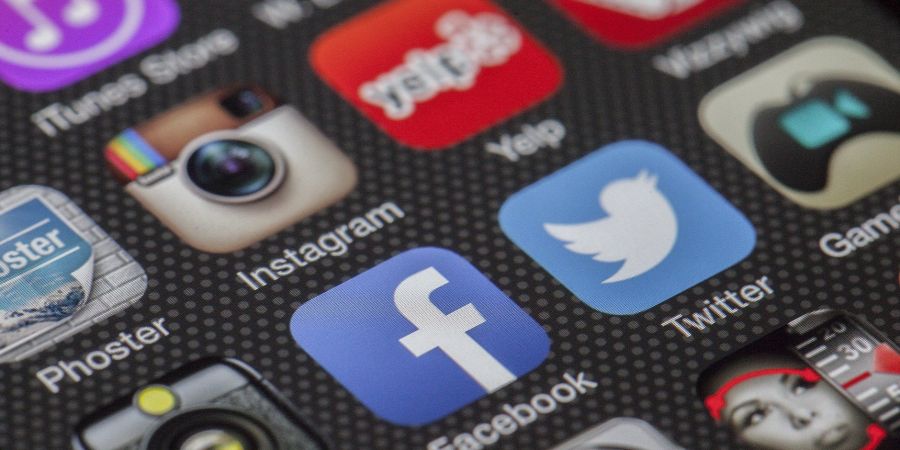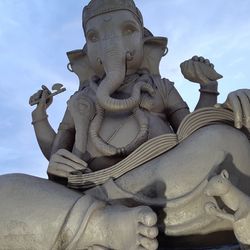

The modern media of mass communication in the India as it exists today may have been inspired by western mass media, but the history of mass media in our country is no less old. Its seeds can easily be traced to the mythological characters of the Puranic period. Devarshi Narada is considered to be the first news reader of India who was a bridge of communication between the earth and Devaloka with the melodious chimes of the veena. Like him, the way Sanjay is envisaged to give glimpses and descriptions of the war to Maharaja Dhritarashtra and Queen Gandhari during the Mahabharata period, points to a very rich communication system.

Examples of rich arrangements for conveying public sentiment to the court and disseminating the king's message to the public are visible even later. The system of displaying messages by writing with ink or colors was strengthened. Then the employees were appointed to write the journal properly and proper arrangements were made to send the message to the public. But the specialty of the Indian communication tradition has also been that parallel to the courts, we also have a well-established system of folk media. Signs of this are found from prehistoric times. The cave paintings of Bhimbetka are proof of this. This parallel arrangement appears later in the form of different styles of puppetry and folk drama. Various theatrical forms prevalent in different parts of the country- Katha-vachan, Baul, Song, Ragni, Tamasha, Lavani, Nautanki, Jatra, Ganga-Gauri, Yakshagana etc. have special importance. The artists of these genres not only entertained, but also worked to convey messages from one region to another and to create public opinion.
But the forms of modern means of mass communication that we have here today, we have certainly got them from the British. Be it newspapers or radio, television or internet, all media came from the West. We adopted them in that form in the beginning but gradually they became a part of our cultural heritage. Be it movies or TV. Serials, after a time, they start operating from the Indian theatrical tradition. Therefore, the design of today's mass media may be western, but their content and look are Indian. Since his role has also increased to a great extent, so where he decides the direction of nation building for the ruling class, it also ensures the participation of the people. Major in the current prevalent forms of mass media are newspapers, magazines, radio, television, cinema and internet, whatever material is reaching the public through these mediums, it has an important role in building the mind of the nation.






